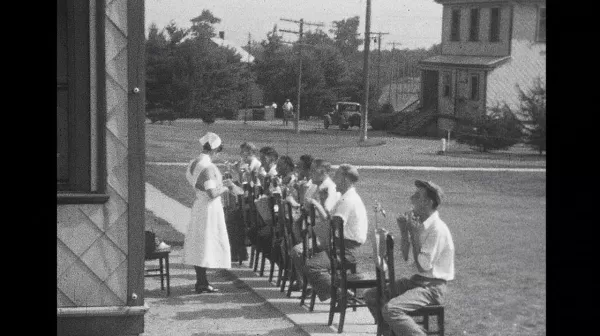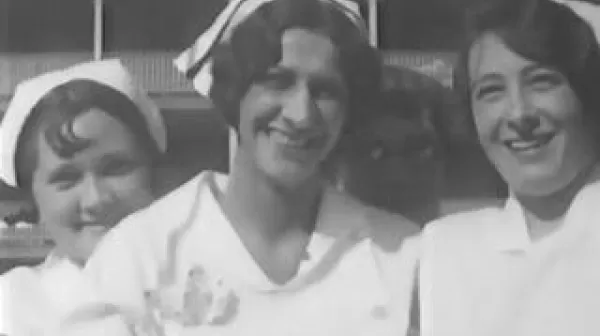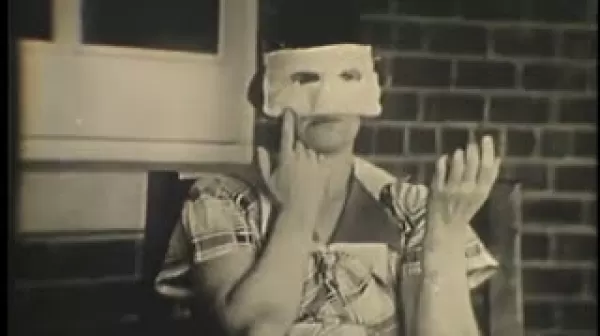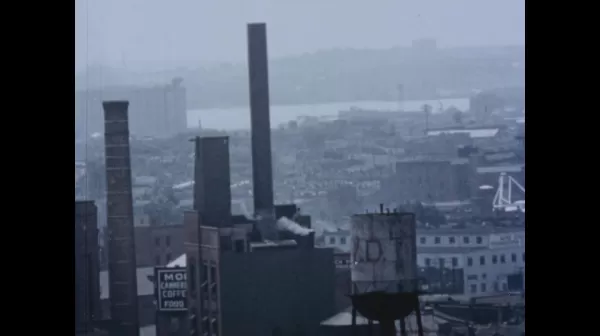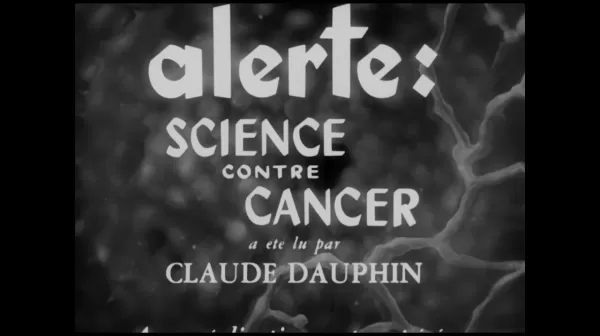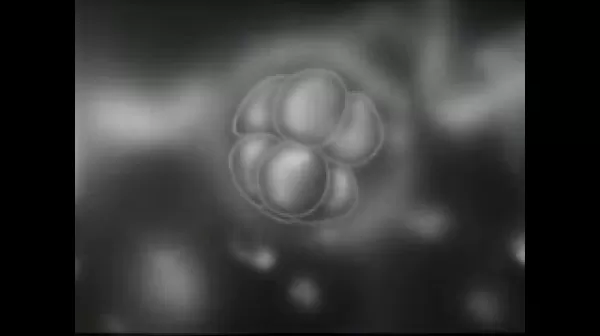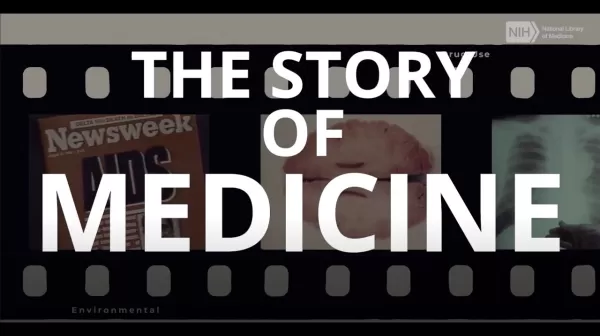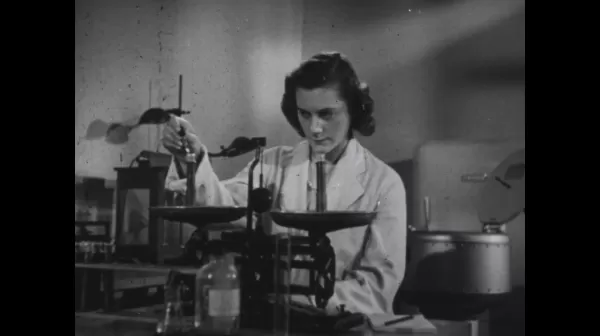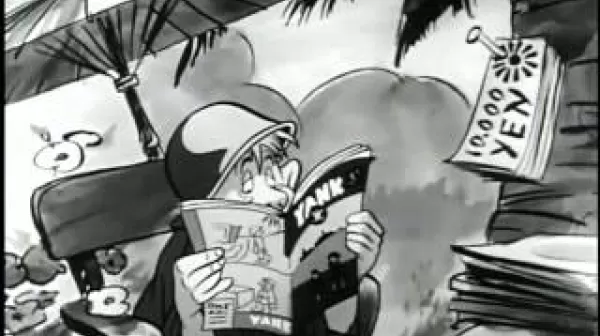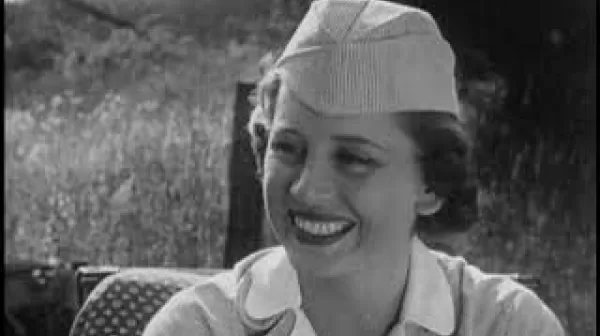TB Sanitorium and Preventorium [Silent] (Producer unknown, 1926)
This silent footage shows not only tuberculosis patients but also healthy children being institutionalized to prevent them from contracting tuberculosis and other diseases. The film opens with aerial shots in 1926 of the South Mountain Restoration Center in South Mountain, Pennsylvania, including the tuberculosis hospital, children's hospital, patient huts, open air pavilions for patient sunbathing, staff golf course, and patient burial ground. It also shows close up exterior shots of huts, hospital, chapel, patient store (interior as well), nurses' home, and the burning of the auditorium.

